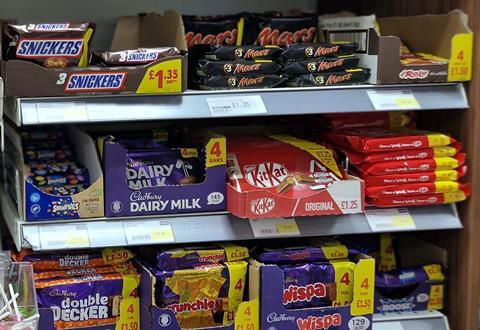
Pricemarked packs (PMPs) have long been an essential marketing tool in convenience stores, but as inflation has soared and prices crept up in recent years, retailers and suppliers alike have doubled down on their importance. “Approximately 85% of our range is now PMP,” says Alan Mannings of Shop on the Green in Chartham, Kent. “Last year, it would have only been 45-55%.”
Alan is not alone. Vrajesh Patel, owner of Londis Dagenham in East London, says a year ago his store didn’t offer PMPs at all, whereas now PMPs make up to 40% of his range. “You have to find a balance with stocking PMPs and non-PMPs,” he advises. “Margin is our biggest challenge. They are getting lower on PMPs and wholesaler pricing is only increasing. I found PMPs used to be around the 25-28% mark – but now I see many for 20-22%.”
To combat this, Alan has introduced a golden rule. “We’re seeing margins decline, so we make sure any PMP product we stock offers us 30%,” he says.

However, the PMP mechanic remains overwhelmingly popular with consumers. Fifty-one per cent of shoppers feel reassured they are not being overcharged when purchasing PMPs, according to research from TWC. “We continue to get decent sales from PMPs and it’s only increased, especially as consumers are more price-conscious now than they were before,” says Faraz Iqbal, owner of Premier Linktown Local, Fife. “Products generally are constantly changing in price, so the PMP helps communicate fair value.”
But of course retailers cannot afford to just blindly follow all PMP recommendations. The best store owners keep their finger on the pulse of changes in pack size and the overall product proposition to really weigh up whether they will deliver for their customers. “A lot of PMPs have gotten worse in recent years,” says Judith Smitham of The Old Dairy, Pydar Stores in Truro, Cornwall. “Shrinkflation isn’t helping. We’re currently asking customers to pay £1.35 for a bag of chocolate, which they suspect is likely filled with air. Customers aren’t silly – the know when they’re paying more for a smaller pack.”
Having the right buying strategy
Approaching PMPs in a way that delivers best for your store and your shoppers requires the right strategy. Every retailer has their preferred methods in weighing up whether a PMP will make it onto their shelves.
Vrajesh says: “Where possible, we look at the non-PMP recommended retail price and margin compared to PMPs. If there’s a big difference, we’ll stock the PMP and take a lower margin because we know customers are more likely to buy that.”
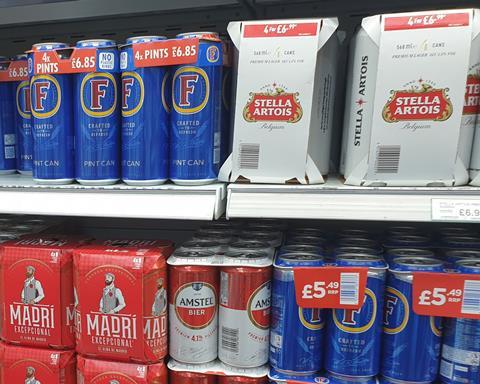
It also pays to look further ahead at wholesalers’ promotional activity to maximise your profits. If you have space in the stockroom available, devoting some of that to longer-life products bought in bulk can help you manage your margins while offering shoppers a good deal. “If a product is on promotion, we buy more stock so we can keep it at a lower price,” says Judith. “For example, our bestselling biscuits might have a non-PMP RRP of £2.30 and its PMP RRP is £1.75. To get a higher margin, we’ll price a mid-range RRP of say £1.95 and carry that on for as long as possible.”
While it’s important to pick price points that appeal to your customers, it’s critical to not take your eye off the profit opportunity. “The prices on PMPs are always changing and most have recently increased. In rare cases, the PMP has reduced, but overall margin has been impacted, which is a real challenge for us,” says Faraz. “We mainly make the decision to stock a PMP because of margin. If it’s a decent margin, we will always choose the PMP format. If it’s too low a margin, that will be the only reason we’ll choose the non-PMP option. The margin percentage is dependent on the product and category as to how low we’ll go.”
When should you price-mark?
It’s important to identify which categories are the most price-sensitive. Imtiyaz Mamode, Wych Lane Premier, Gosport, Hampshire is well known for being fast to get on board with the latest profit-boosting product trend, but knows where he has to play it safer with price. “Energy drinks and confectionery only sell as PMP, but chewing gum can be flexible,” he says. “Customers who buy tobacco will always buy chewing gum and won’t challenge the price because they are already spending £20+ on tobacco, so another £1 won’t make a difference.
“The reason PMPs are vital is that they build trust with the customer. I know this because when I see non-PMPs in other stores, I automatically think they’re charging more.”
For Faraz, a nuanced approached within categories serves his customers best. “We can be more flexible with grocery lines, but it does depend on the product. Cereal, for example, has to be price-marked, but pasta is more flexible. Lines, like chocolate and snacks have to be price-marked,” he says.

Snacking is a particular area where PMPs are driving value. It’s not just single packs where PMPs are boosting spend, sharing PMPs remain the number-one contributor to crisps and snacks growth in value within indies and symbols, claims PepsiCo, siting Nielsen data.
What’s more, value doesn’t only come down to price alone. For some customers, value indicates good quality at what they deem to be a fair price, rather than the lowest price. “We stock own-brand baked beans and Heinz,” says Alan. “Even though the price-mark is higher on Heinz, customers tend to gravitate towards it. Sometimes trust and taste take preference over price.”
The future of price-marking
“The trend in pricing is upwards again,” says Judith. “We’re seeing many major suppliers increase their prices and shrinking pack size, which is a trend we expect to continue. Years ago, people were less likely to understand pricing but today, they know exactly what things are supposed to cost.”
Alongside this squeeze, the likelihood is that the financial difficulties faced by many people due to the cost-of-living crisis is only set to continue. While inflation is falling in Britain, it remains higher than comparable nations such as France and Germany. Falling inflation does not necessarily mean lower prices either, so it is expected that we will still see further hikes in the coming months.
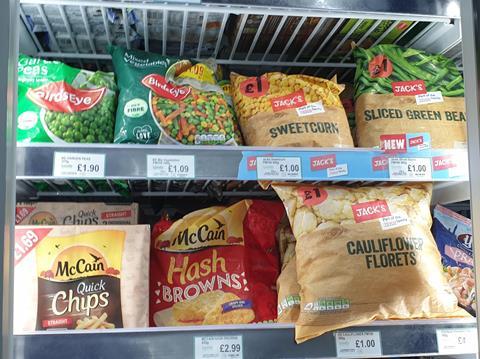
For retailers, this means that PMPs aren’t just a powerful marketing mechanic. For many, offering them remains the responsible thing to do for their customers.
“Lower-income families are dependent on PMPs and own-label products and this is why sales of both have increased compared to previous years,” says Vrajesh.
“However, PMPs definitely do not deliver as well for us as they always did and there is not one key category that requires 100% PMPs.”
Retailers clearly still believe in the power of PMPs as a promotional tool, but their sustainability depends on brands keeping the printed price fair.











![WG-4003[58]](https://d2dyh47stel7w4.cloudfront.net/Pictures/274x183/4/5/1/353451_wg400358_6083.jpg)




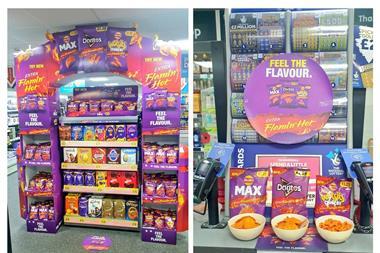
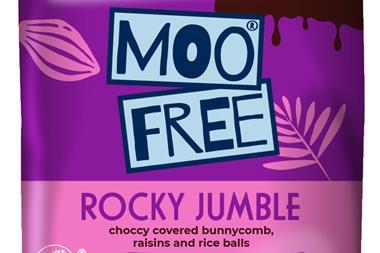
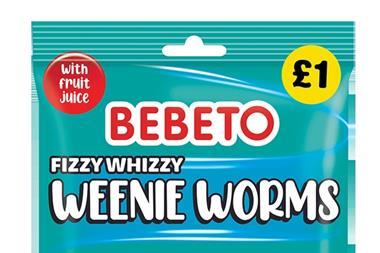
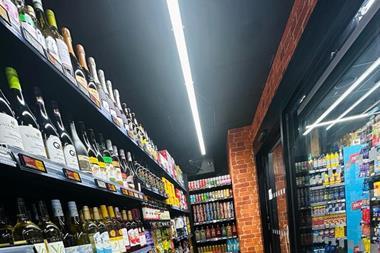

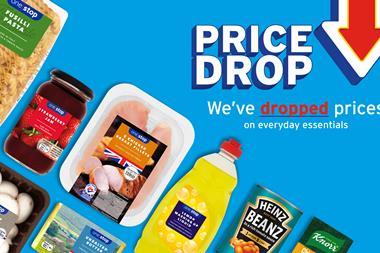






1 Readers' comment